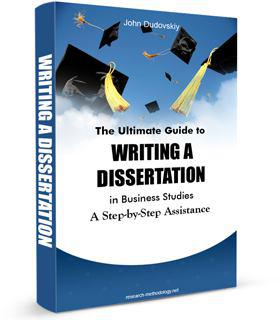Experiments Research
The term experiment may seem to be associated with the image of a chemist surrounded by bubbling tubes and other related items. Traditionally, experiments have been used by physical and behavioural researchers to a greater extent compared to business scientists. Nevertheless, experiments research can be effectively used in businesses in order to analyse cause and affect relationships. Deductive approach is mainly used for experiments research in order to test hypotheses.
Experiments are usually used in causal studies. Specifically, experiment researches involve manipulation with an independent variable in order to assess its impacts on dependent variables. Changes in price levels on volume of sales can be mentioned as a basic example for experiment. In this specific example, price can be specified as independent variable, whereas sales would be dependent variable.
The nature of relationships between two variables in causal experimental researches may be divided into three categories: symmetrical, reciprocal and asymmetrical.
Symmetrical relationship can be observed when two variables fluctuate at the same time. However, in symmetrical relationship change in one variable is not caused by change in another variable. In other words, symmetrical relationships of two individual variables usually would be the cause of another factor.
For example, decrease in the levels of consumption of luxury products and decrease on the levels of consumer trust on financial institutions may occur at the same time as a result of a third factor – increasing level of uncertainty of perspectives of national economy.
Reciprocal relationship between two variables occurs when there is a mutual influence and reinforcement between two variables. For example, impacted by a marketing message a consumer purchases a car from a particular brand for the first time. Consequently, the consumer becomes loyal to the brand considering more purchases from the same brand in the future. Hence, the mutual influence between the consumer and company.
Asymmetrical relationship relates to change in one variable (independent variable) causing changes in another variable (dependent variable). There are four major forms of asymmetric relationships:
1. Stimulus response relationship marks occurrence of an event as a response to certain changes. For example, effective re-branding initiatives may have positive implications on the volume of sales.
2. Property-disposition relationship. Property is associated with enduring nature of a subject, whereas disposition can be explained as tendency to respond in certain ways in certain circumstances. For example, personal properties include gender, religion, heritage etc, while personal disposition opinions, values, attitudes etc.
3. Disposition-behaviour relationship relates to a specific type of relationship where human behaviour is impacted in certain ways. For example, impact of management style on the levels of employee motivation and consumer perception about the brand after the purchase relate to disposition-behaviour relationship.
4. Property-behaviour relationship. This type of relationship relates to the impact of property to human behaviour. For example, effects of cultural background on consumer behaviour, implications of family life-cycle on human tendency to shop online etc.
Experiments aim to answer ‘how’ and ‘why’ questions and they tend to be used in exploratory and explanatory studies. Experiments can be divided into two categories: field and laboratory. The following table illustrates the main differences between these alternative types of experiments:
Main differences between laboratory experiments and field experiments
My e-book, The Ultimate Guide to Writing a Dissertation in Business Studies: a step by step assistance offers practical assistance to complete a dissertation with minimum or no stress. The e-book covers all stages of writing a dissertation starting from the selection to the research area to submitting the completed version of the work within the deadline. John Dudovskiy

